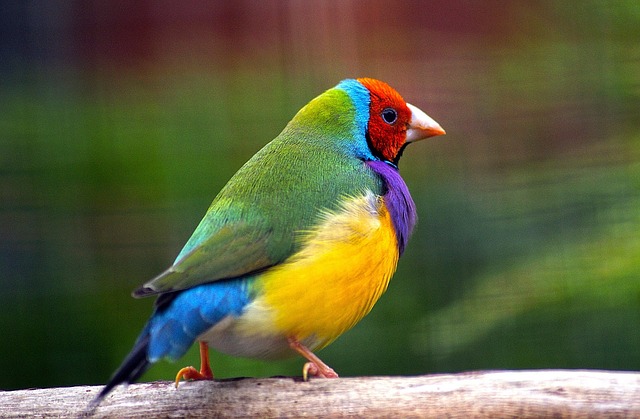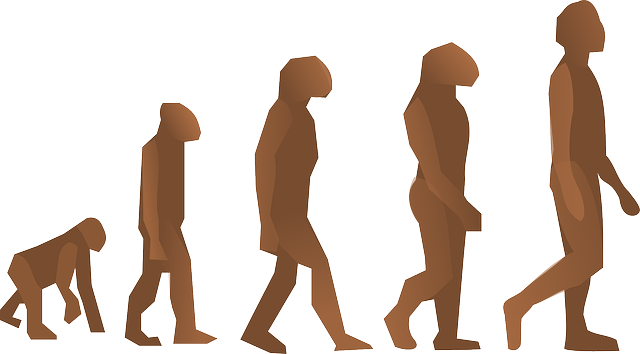Humans and Domesticated Animals Got High the Same Way, Evolutionarily Speaking
/Convergent evolution, when two separate groups develop traits in response to the same environmental factors, is one of the clearest indicators of adaptation. Think of birds and bats, separate groups that have wings adapted for flight. Convergent evolution at the molecular level can be inferred when consistent changes are seen in the same genes in different populations that have encountered similar changes in environment or selective pressure . Will and Hueta-Sanchez have just published an exciting review article documenting how specific pathways and genes are repeatedly mutated in human and animal populations as they evolved to live in high-altitude, low-oxygen conditions in three populations spanning Asia (the Tibetan Plateau), Africa (the Ethiopian Highlands) and South America (the Andean Altiplano). While this story is just plain interesting for its own sake, it’s also a great illustration of how understanding evolutionary history can yield powerful insights into the adaptive fraction of our genomes. This is just one of several interesting and insightful articles published in this edition of Philosophical Transactions of the Royal Society B, a theme issue on ‘Convergent evolution in the genomics era: new insights and directions'.
Witt & Huerta-Sánchez (2019) Convergent evolution in human and domesticate adaptation to high-altitude environments. Philosophical Transactions of the Royal Society B
Abstract
Humans and their domestic animals have lived and thrived in high-altitude environments worldwide for thousands of years. These populations have developed a number of adaptations to survive in a hypoxic environment, and several genomic studies have been conducted to identify the genes that drive these adaptations. Here, we discuss the various adaptations and genetic variants that have been identified as adaptive in human and domestic animal populations and the ways in which convergent evolution has occurred as these populations have adapted to high-altitude environments. We found that human and domesticate populations have adapted to hypoxic environments in similar ways. Specific genes and biological pathways have been involved in high-altitude adaptation for multiple populations, although the specific variants differ between populations. Additionally, we found that the gene EPAS1 is often a target of selection in hypoxic environments and has been involved in multiple adaptive introgression events. High-altitude environments exert strong selective pressures, and human and animal populations have evolved in convergent ways to cope with a chronic lack of oxygen.












